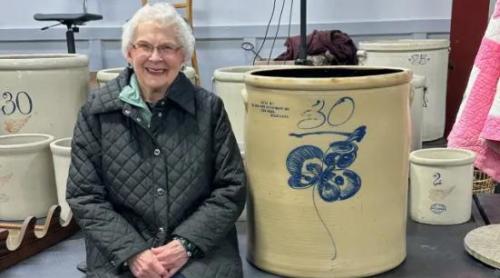
CHAPEL HILL, NC – Despite recent progress, more than one billion people still lack decent water supplies, and more than two billion go without sanitation services. But, while we often assume that the benefits of improving water and sanitation systems always outweigh the costs, this is not always true.
- By Dale Whittington and Bjørn Lomborg
CHAPEL HILL, NC – Despite recent progress, more than one billion people still lack decent water supplies, and more than two billion go without sanitation services. But, while we often assume that the benefits of improving water and sanitation systems always outweigh the costs, this is not always true.
Piped water and sanitation networks are expensive. Consumers in most countries don’t realize this, because the true costs are hidden by subsidies. New research for Copenhagen Consensus reveals that the full cost of piping water to a household is as high as $80 per month – more than most households in rich countries pay and far beyond the means of most families in developing countries. Assuming that the poor use much less water, the monthly cost of conventional network technologies drops to $20 – still a significant outlay.
If we calculate the time and energy lost in developing nations to gathering, treating, and storing water, and the health burden caused by a lack of decent drinking water and sanitation, the costs of creating a typical water and sewer network can remain higher than the benefits. Spending a large amount of money to do a little amount of good is not a sound investment.
Estimates of what people in poor nations are willing to pay for piped water do not exceed the costs for many water and sanitation projects. Often, they prioritize electrification ahead of running water, even though electricity is not essential for life: whatever the inconvenience, water can be carted home from a vendor or a well, but there is no convenient way to carry electricity.
The health advantages of providing networked water supplies are less dramatic than is often assumed. There are many ways for pathogens to infect people besides contaminated drinking water. Piping clean water without improving sanitation can in some cases actually exacerbate the spread of infectious agents.
Just as the conventional wisdom that all networked water and sanitation systems are good investments can be wrong, it can be wrong in assuming that all dams are bad investments. There are, of course, sound environmental and economic arguments against constructing large dams – and even for decommissioning some. But countries like Ethiopia have virtually no water storage facilities, great variability in rainfall, and attractive sites for hydroelectric generation.
A single reservoir located in Ethiopia’s scarcely inhabited Blue Nile gorge, for example, could produce large amounts of sorely-needed power for Ethiopia, Sudan, and Egypt, mitigate droughts, and lead to improved irrigation. The costs of a hypothetical project – including construction, resettlement of people living in the dam’s way, and carbon emissions – would come to about $3.1 billion. Benefits from power generation, downstream irrigation, carbon offsets, and reduced floods would be worth roughly twice as much.
There are, moreover, alternatives to expensive network infrastructure systems. A deep borehole with a hand pump can typically service about 300 people, with a monthly cost per household of about $2.25. The benefits –time saved, more and better quality water, and reduced diarrhea – are likely in many locations to be three times higher than the costs, often exceeding $7 per month.
Another sound short-term policy choice is to use devices like bio-sand filters to reduce the health risks associated with consumption of water contaminated with bacteria and viruses. The filter typically costs a household about $1.40 per month, but in many developing countries yields benefits from improved health that are three times higher.
Many developing nations have tackled the sanitation challenge by building subsidized latrines. However, simply providing access to such facilities can be surprisingly ineffective – a significant number are never used.
A cheaper and more successful approach in South Asia mobilizes communities to achieve environments that are free of open defecation by raising awareness of disease transmission, health costs, and the social benefits of sanitation. A variety of approaches has been used, from conducting "walks of shame” to open-defecation areas to establishing children’s brigades to promote the ban. The community is provided with financial incentives to construct and maintain very basic household latrines. The costs add up to just $0.50 per household, while the benefits from improved health and saved time in many developing countries are worth $1.20.
The international community has committed itself to halving the proportion of people without access to water and sanitation by 2015.The most obvious and comprehensive solution is providing piped water and sanitation to all who lack it. But, given current progress and high capital costs, this appears overly optimistic.
In the meantime, governments and donors should consider cheaper short-term options. While the three low-cost water and sanitation interventions discussed here may not always pass a cost-benefit test, they are likely to attract investment in many circumstances, while simultaneously responding to communities’ preferences.
Dale Whittington is Professor of Environmental Sciences and Engineering, and City and Regional Planning, at the University of North Carolina at Chapel Hill, and a professor at the Manchester Business School; Bjørn Lomborg is Director of the Copenhagen Consensus Center, the author of Cool It and The Skeptical Environmentalist, and adjunct professor at the Copenhagen Business School.
Copyright: Project Syndicate, 2008.
www.project-syndicate.org
Citește pe Antena3.ro












